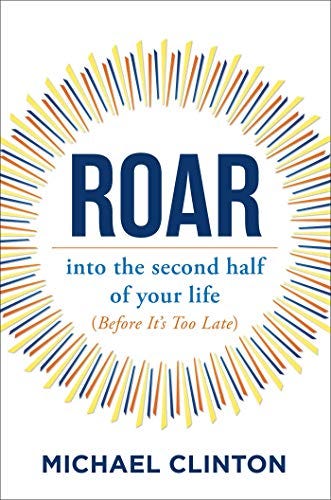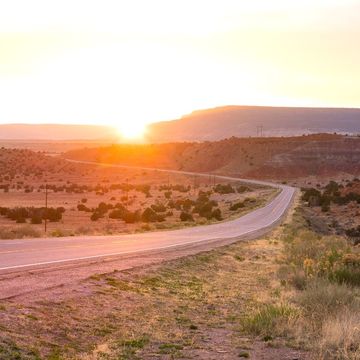Thanks to lifestyle changes and the miracles of modern medicine and science, the number of people living into their 90s and beyond is growing every year, even with a slight dip in life expectancies due to the pandemic. Today, more than one third of all Americans are over 50. Every day 10,000 Americans are turning 65 and by 2030, one in five of us will be 65 or over, including the first Gen Xers. The 50-plus age group has already begun to reject the traditional retirement script of the previous generation, and in doing so are reimagining work and life choices that will pave the way for new kinds of lifecycles.
The question is: how will we use this incredible gift of time in a meaningful and productive way?
Some of us are opting out of our careers early, as we are seeing with the Great Resignation. The pandemic has led to an uptick in the number of retired Americans, according to a recent Pew study, fueled in part by rising household wealth, a result of strengthening home values and historic stock market gains. Others are staying in their jobs beyond age 65, out of desire or financial need, while demanding changes to accommodate schedules and work rhythms that suit them. They are beginning to understand the leverage they have as companies scramble to fill a resulting talent vacuum from those leaving.
Yet, according to a PWC study, only eight percent of corporations include age as a component of their Diversity, Equity and Inclusion policies, which affects everyone regardless of gender, race, or religious beliefs and needs to change for all of us. A study in the New England Journal of Medicine found that at age 60, most people reach the pinnacle of their potential, and then ride that wave into their 80s.
Some “Reimagineers,” as I call them, are refiring into second careers, like Randy Boyd, a former businessman who is now the president of the University of Tennessee, a job that he stepped into at 60 (with only a bachelor’s degree) or Stephanie Young, who became a medical doctor in her early 60s after a long career as a book editor. According to a 2016 Kauffman Foundation study, the fast-growing cohort of entrepreneurs are people aged 55 to 64 years old, who account for 25 percent of total entrepreneurs (vs. less than 15 percent in 1996).
Boomers continue to be fit and active in ways that will push past the boundaries of how our bodies can perform as we live longer. When I ran the Toronto marathon in 2011, I watched in awe as Fauja Singh crossed the finish line at age 100—the oldest person to ever do so. At 68, I’m still running marathons, skiing, and hiking mountains and hope to do so for many more years, as a role model for those who come after me.
We are also defying the marketing belief that people over 50 are brand loyal and locked into our younger-years preferences. Just ask any Tesla dealer who their primary customer is.
Often ignored by marketers, older Americans have $15 trillion in spending power, which represents nearly double digits growth from 2010, according to the Global Coalition on Aging. To disregard this group is to miss out on a generation of vibrant and dynamic spenders who are offended by the outdated images of older consumers walking into the sunset in most advertising and marketing messages. We’ll force a reckoning on this front, too, demanding to be portrayed as active, tech-savvy and curious.
Another market we are upending: housing. More of us are choosing to move to inter-generational neighborhoods, as opposed to senior living communities. We don’t want to move to Florida, we want to age at home. We don’t want to stay alive at all costs and will pioneer new ways of living that generations after us will refine, as they have with other trends that we have started.
It has been much reported that over the next 20 years, the Boomers will deliver the largest transfer of generational wealth in the history of the world, an estimated $60 to $70 trillion dollars in assets that will either be accessed by them or passed on to the next generations.
Perhaps this is how we can make the biggest statement of our generational legacy.
For those of us who are financially fortunate, we can make a massive impact on the philanthropy world, addressing climate change, social justice, mental health, and more. We have the opportunity to create social impact by funding new initiatives that drive meaningful change, bringing us full circle to our earlier days as activists in the 60s and 70s.
Yup, we boomers are at it again. This time, however, it will be how we blow up what we are supposed to do as we live longer and construct new ways of living our lives that will lead to more possibilities for us and the next generations.














